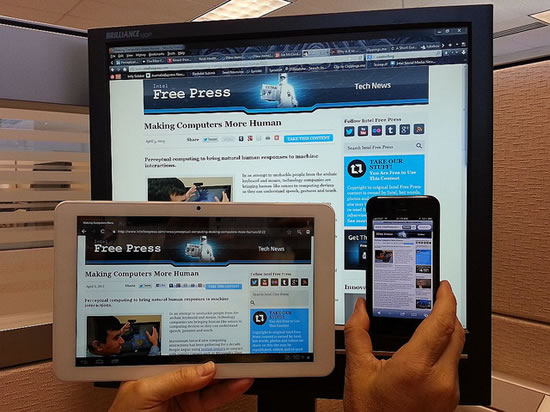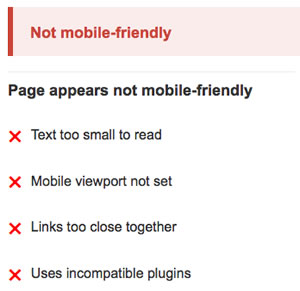
(Photo by Andrew Fysh)
How do you build trust when marketing to your target audience? Showcasing your past accomplishments can build logical trust. But that’s will only take you so far. What you ultimately need is to build emotional trust. Here’s how to start:
- Mirror their language. Copy the words and phrases that your prospective clients use. People trust others that sound like them.
- Mirror their looks. In your marketing, use images that reflect who your audience is. If you’re targeting older women (for example), then show older women using your product or services.
- Mirror their handshake. When meeting people, attempt to match your handshake to theirs’. That means you need to let them “lead” the handshake, and match it stylistically.
- Mirror their voice. When talking to prospects face-to-face, match their volume, speed, and intonation. Your goal isn’t to parrot them – but to build respect through your interaction.
We often try to show we’re experts by elevating ourselves from our target audience. If you’re not yet well-recognized, doing this may convey that you’re unsympathetic to their problems. Instead, begin your connections by mirroring them subtly. It’ll force you to pay more attention to others, which is the first step in developing a deeper relationship.










